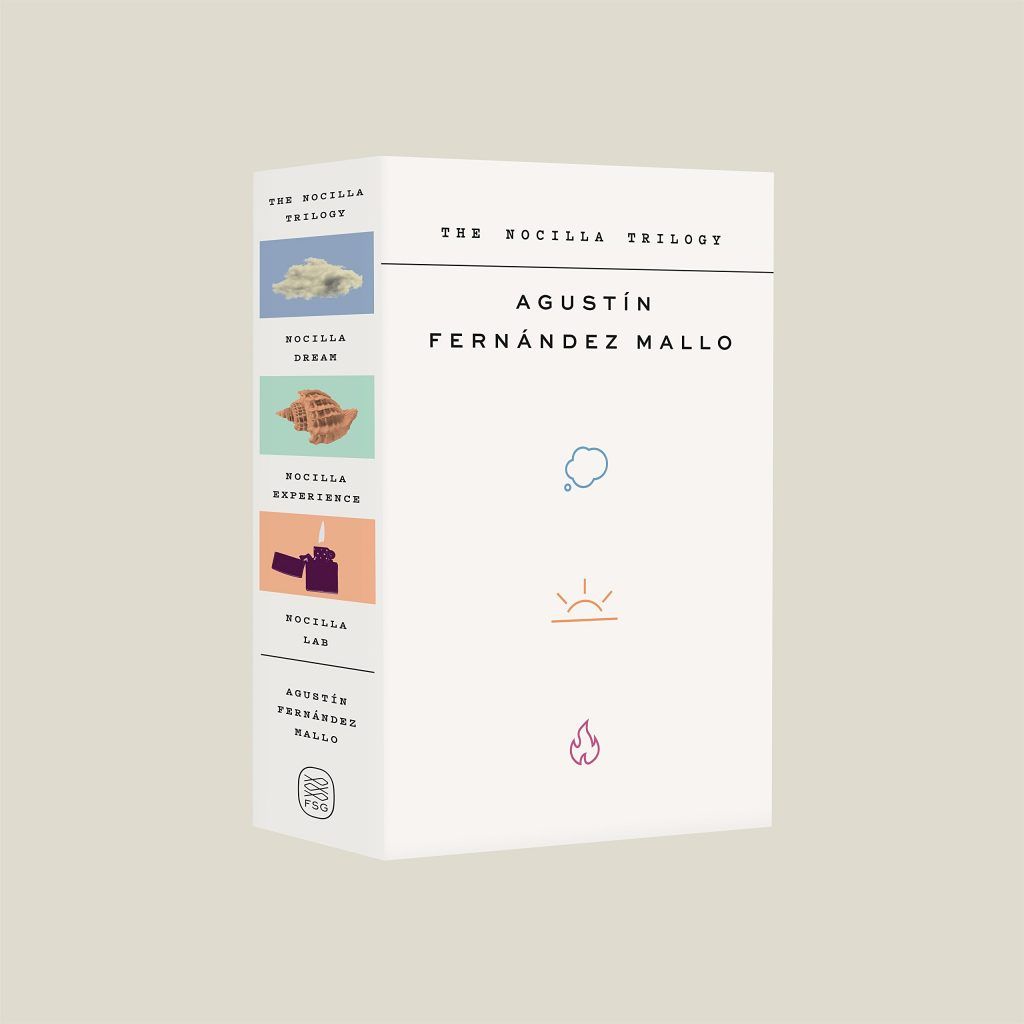Books in Brief: The Nocilla Trilogy

The Nocilla trilogy is strange. It feels familiar in the way the internet does. The first two books are told in a similar style: they present about a page of text in the third person about a person struggling with their relationship to something or someone—typically something, manifested through their relationship with someone. I can’t claim to understand them in any overarching or systematic way. They seem like they present a vision of our relationship to allegory and metaphor while playing in a space that feels similar to 2666, in the sense that if we can’t have a coherent narrative or present a singular story we all rally behind we can still have something. It builds on that, even though the author admits to never having read it, though there is a character who airs out his theorems on clotheslines much like a character in Bolaño’s novel airs out a geometry book on a clothesline. We spend time in both books thinking about what this means to the character and to us as readers, and I’m not really sure we get super far in a way I can set down definitively, though the experience is interesting, if not enlightening.
The last book, Nocilla Lab, is where things change. The form changes suddenly: the first part is a single 64-page sentence. I liked this part a lot, though it was challenging to read because the style of the previous books remained: nearly but not quite verse, but set in prose. I won’t spoil the rest of the book, but it plays with form and representation and metaphor in a way few pieces of media do.
There are parts I don’t like. I don’t like how most of the characters are men, how there’s a kind of universality to the phallocentrism of all the narratives, even the ones about women. I don’t like how in one case, a character offers a terrible description of a fat woman after she chides him for smoking in a non-smoking area. (The author loves cigarettes more than almost anything. This comes through clearly in every book.) This character offers a page of beautiful description and metaphor and inference about how terrible this woman is, how she embodies all that is bad in humanity, &c but does not turn his critical lens on himself and both what he was doing to prompt the rebuke and what his own behavior means in the context of what he’s discussing. Perhaps that’s kind of the point. It’s a good writer that can make me continue to read a book after I loathe parts of a character.
These books are absolutely worth your time.